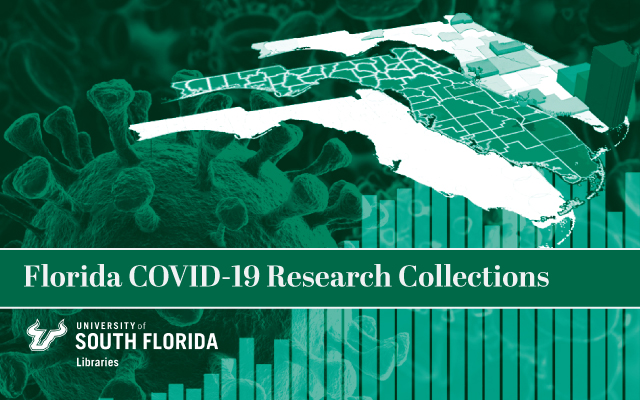
All publications
A Novel Strategy for the Development of Vaccines for SARS-CoV-2 (COVID-19) and Other Viruses Using AI and Viral Shell Disorder
Document Type
Article
Publication Date
2020
Keywords
intrinsic, disorder, protein, nucleocapsid, Nipah, virulence, viral, structure, function, shell, covid, coronavirus, ebola, vaccine, immune, antibody, shell, nucleoprotein, matrix, attenuate
DOI
https://doi.org/10.1021/acs.jproteome.0c00672
Abstract
A model that predicts levels of coronavirus (CoV) respiratory and fecal–oral transmission potentials based on the shell disorder has been built using neural network (artificial intelligence, AI) analysis of the percentage of disorder (PID) in the nucleocapsid, N, and membrane, M, proteins of the inner and outer viral shells, respectively. Using primarily the PID of N, SARS-CoV-2 is grouped as having intermediate levels of both respiratory and fecal–oral transmission potentials. Related studies, using similar methodologies, have found strong positive correlations between virulence and inner shell disorder among numerous viruses, including Nipah, Ebola, and Dengue viruses. There is some evidence that this is also true for SARS-CoV-2 and SARS-CoV, which have N PIDs of 48% and 50%, and case-fatality rates of 0.5–5% and 10.9%, respectively. The underlying relationship between virulence and respiratory potentials has to do with the viral loads of vital organs and body fluids, respectively. Viruses can spread by respiratory means only if the viral loads in saliva and mucus exceed certain minima. Similarly, a patient is likelier to die when the viral load overwhelms vital organs. Greater disorder in inner shell proteins has been known to play important roles in the rapid replication of viruses by enhancing the efficiency pertaining to protein–protein/DNA/RNA/lipid bindings. This paper suggests a novel strategy in attenuating viruses involving comparison of disorder patterns of inner shells (N) of related viruses to identify residues and regions that could be ideal for mutation. The M protein of SARS-CoV-2 has one of the lowest M PID values (6%) in its family, and therefore, this virus has one of the hardest outer shells, which makes it resistant to antimicrobial enzymes in body fluid. While this is likely responsible for its greater contagiousness, the risks of creating an attenuated virus with a more disordered M are discussed.
Citation / Publisher Attribution
Journal of Proteome Research, v. 19, issue 11, p. 4355-4363
Scholar Commons Citation
Kian-Meng Goh, Gerard; Dunker, A. Keith; Foster, James A.; and Uversky, Vladimir N., "A Novel Strategy for the Development of Vaccines for SARS-CoV-2 (COVID-19) and Other Viruses Using AI and Viral Shell Disorder" (2020). All publications. 100.
https://digitalcommons.usf.edu/usf_fcrc_all/100


Comments
Article available for free at PubMed Central: https://www.ncbi.nlm.nih.gov/pmc/articles/PMC7640981/